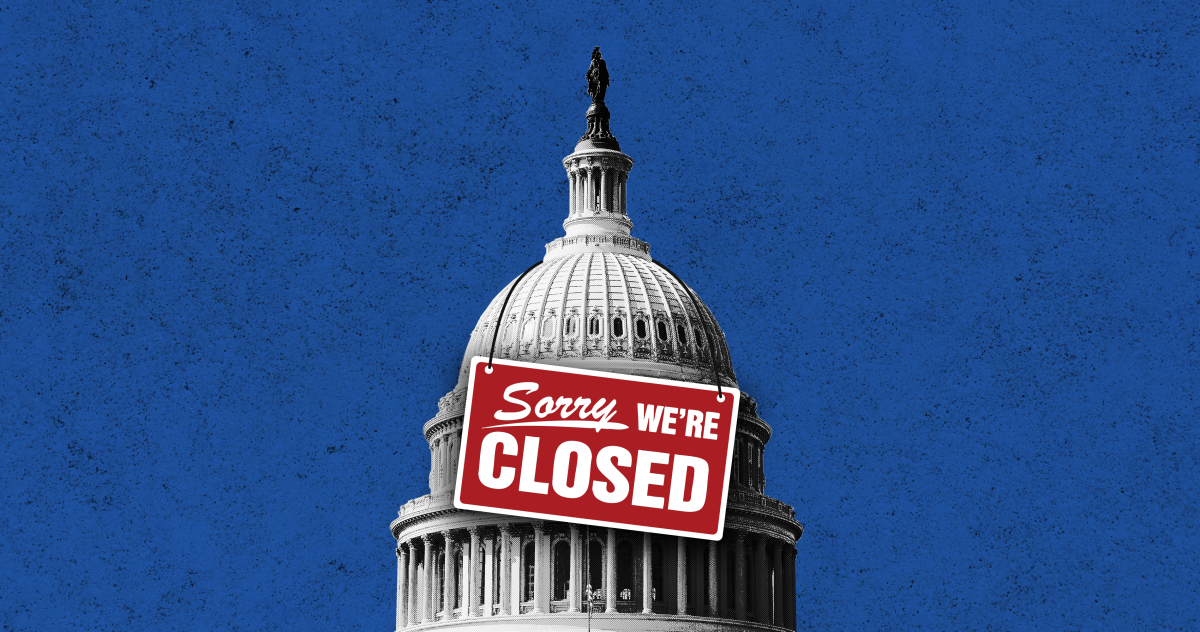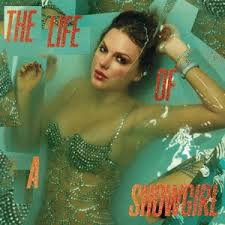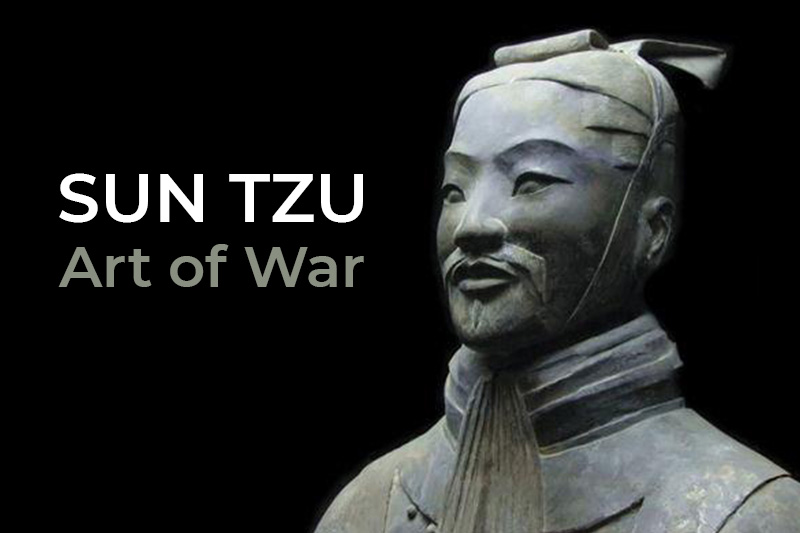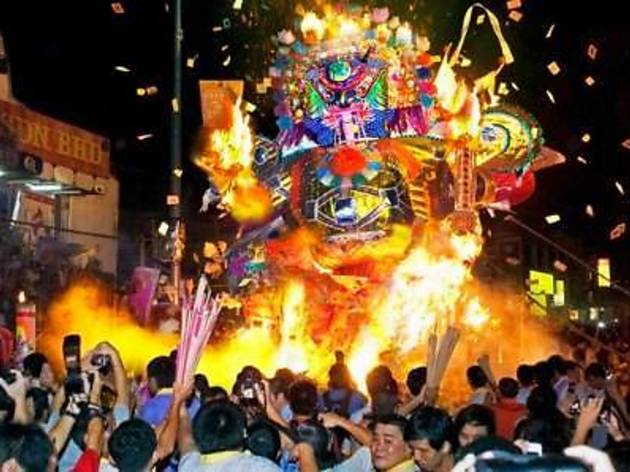Halloween around the world
In Hong Kong, the Hungry Ghost Festival is celebrated by collecting and burning food for ghosts to eat.
Scary movies, spooky costumes, and unjustifiable amounts of candy are all recognizable symbols of a typical Halloween in America. Children dress up as monsters, superheroes, and a plethora of other characters in their quest to compile the largest possible amount of sweets while Hocus Pocus and The Nightmare Before Christmas play on the television. However, before our current, Americanized interpretation of Halloween, it was a Celtic holiday. So, with its roots in a pagan holiday so long ago, how do other cultures celebrate Halloween?
Quite simply, other cultures’ versions of this fall holiday are centered on remembering those who have passed. As every Spanish student knows, El Dia de los Muertos (or Day of the Dead) is the holiday celebrated by most of Latin America. During this celebration, families prepare lots of food and altars for their lost relatives. They then take these offerings and place them in the cemetery, where the atmosphere is one of joyful celebration rather than one of gloomful mourning. Though some of these practices are outside of the norm, the basics of this form of celebration are a common staple around the world: the focus is on the remembrance of the dead and graves are a popular destination at which to celebrate the holiday.
Another major deviation from the typical American celebration of Halloween is the time of celebration. In America, Halloween is on Oct. 31, though individual municipalities may move the date of trick-or-treating up a few days to compensate for a potential “school night interference.” However, in other parts of the world, the country’s predominating religious influence plays a large role in the date. For example, Europe, which has historically been influenced by the Catholic church, largely celebrates on Nov. 1 and Nov. 2, which is in line with the Catholic holidays All Saints Day and All Souls Day, respectively. Likewise, Asia’s traditional days of celebration are influenced by their traditional practices as well. Hindus celebrate Pitru Paksha for sixteen days in mid to late September and Buddhists celebrate Pchum Ben in late September as well. In Hong Kong, Taoists celebrate the Hungry Ghost Festival, where people try to help quench ghosts’ hunger in early September.
The world is a big place with lots of different cultures, customs, and traditions. Though these traditions may seem foreign to us, the United States’ commercialization of a traditionally religious holiday are mostly to blame for this major cultural difference.

Joe is a senior at Delphi and is in his third year with Parnassus. He plays tennis, cross country, and track, and he is also involved with Bracketology...














